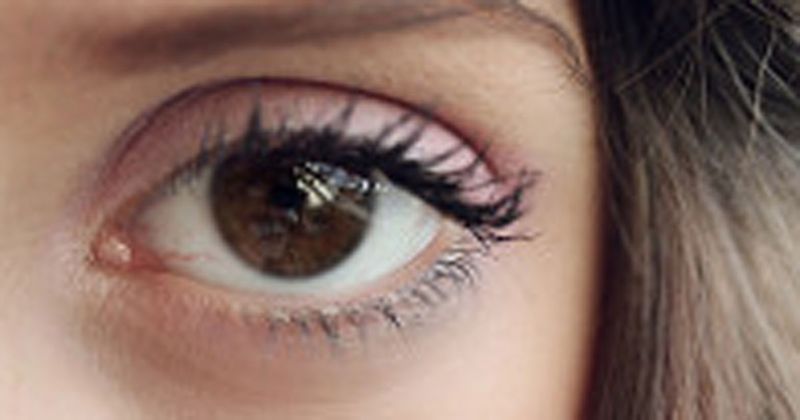Lumevoq demonstrates sustained improvement of BCVA up to 5 years in LHON
Key takeaways:
- RESTORE study results showed long-term improvement of BCVA in LHON.
- Quality-of-life improvement was also seen after intravitreal injection of lenadogene nolparvovec.
BOSTON — Results from the long-term RESTORE study show patients with Leber hereditary optic neuropathy with ND4 mutation who were treated with Lumevoq had sustained improvement of best-corrected visual acuity in both eyes.

Valérie Biousse, MD, professor of neuro-ophthalmology and neurology at Emory Eye Center, also said that patients had quality-of-life improvement up to 5 years after intravitreal injection of Lumevoq (lenadogene nolparvovec, GenSight Biologics), here at the American Academy of Neurology annual meeting.
The RESTORE study included 62 of 72 patients with Leber hereditary optic neuropathy (LHON) from the previous phase 3 trials RESCUE and REVERSE, which studied intravitreal injection of lenadogene nolparvovec for 96 weeks, and continued to assess efficacy for an additional 3 years.
At 5 years, patients who completed RESTORE (n = 55) had sustained bilateral improvement from nadir: –0.44 [0.46] LogMAR + 22 EDTRS letters for treated eyes, compared with –0.39 [0.36] LogMAR + 19.5 EDTRS letters in sham eyes, Biousse said.
“Many of the patients at their nadir have visual acuity that is so bad they cannot even read the letters, and this is why we talk about being ‘off chart,’” Biousse said. “And one of the main outcomes of the [RESCUE and REVERSE] studies is it actually brought a number of patients from ‘off chart’ to ‘on chart’ ... and that is a major endpoint.”
Biousse noted these patients are then amendable to low vision aids, “which dramatically result in improvement of quality of life, not surprisingly.”
According to Biousse, the safety profile was similar during RESCUE and REVERSE trials.










